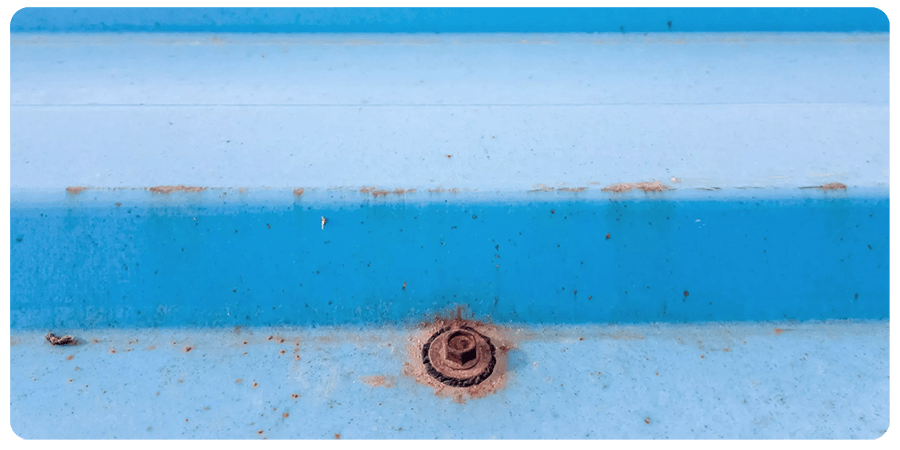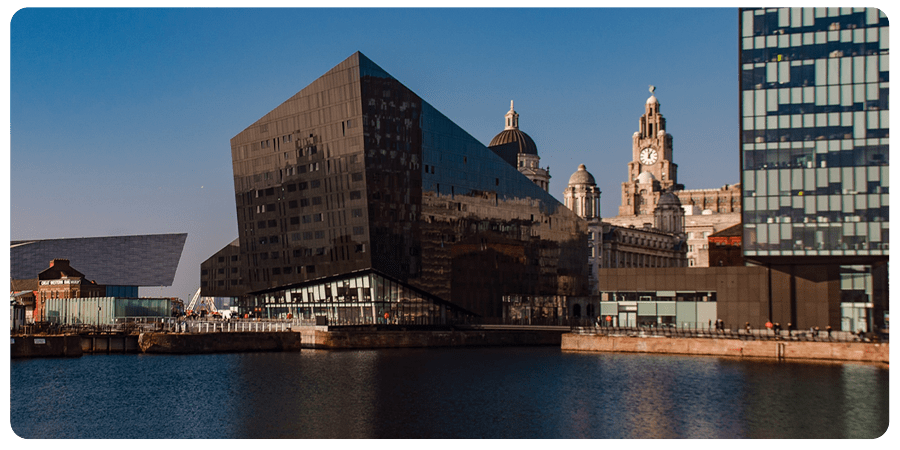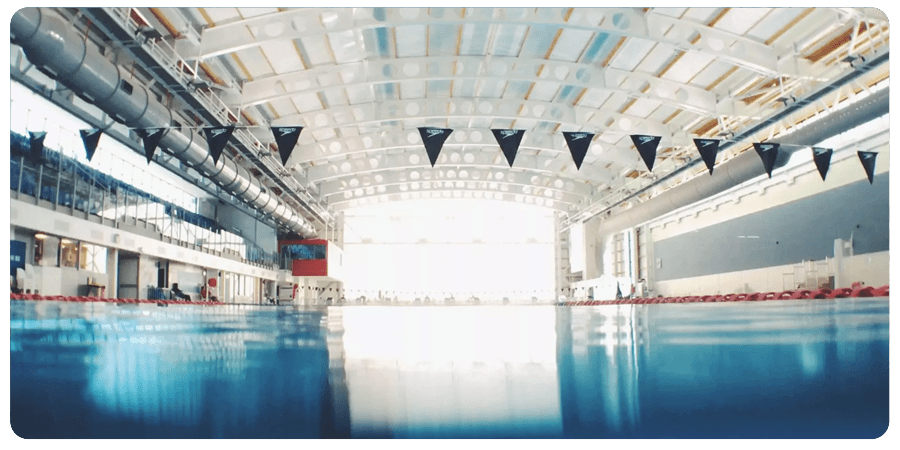
Which fastener material should I use for what environment?
- Read time: 4 minutes
- Date: 10 Mar 2022
- Flat Roofing
- Rainscreen & Façades
- Sheeting & Cladding
Fasteners are made from different grades of steel and the material used will depend on the durability required and the environment it will be used in. Using the wrong material can lead to corrosion and cause the fastener to fail.
According to the BSI (British Standards Institution), fasteners are not repairable or replaceable. So, fasteners must be selected to last the lifetime of the building they are used in and the material must be suitable for the environment.

What fastener material should I use for what environment?
British Standard BS EN 9223:2012 includes an annex that summarises a range of typical internal and external environments in terms of their corrosivity level. This provides a useful guide to help you understand how different atmospheric conditions will affect your choice of fastener material.
Always select the material of the fastener based on the highest level of risk. Carbon Steel fasteners should only be used in low risk and very low risk environments; however, your choice should also be determined by how long the building would be used. So, if you wanted a building in a low risk environment to last 60 years, you would choose 316 / A4 stainless steel.

Coastal environments are one of the highest risks because saltwater causes corrosion to accelerate. It is therefore essential to only use 316 stainless steel or super austenitic steel in coastal environments.

Swimming pools and chemical plants carry the greatest risk because there are high levels of chemicals such as chlorides that can cause stress corrosion cracking (SCC) in some grades of stainless steel, including austenitic. To prevent stress corrosion cracking, HCR fasteners are the only recommended solution for swimming pool environments.


